Tim Winton’s prize-winning novel Breath has recently opened in Australian cinemas to rave reviews, with The Monthly claiming that, “Simon Baker’s faithful new screen adaptation makes what Winton calls the “shackle[s of] misogyny” plain.” Winton has been outspoken regarding the ‘toxic masculinity’ within Australia and in particular how he observes that boys are being:
Enlisted in the army of misogyny…having the tenderness squeezed out of them…they’re learning how to be bad men because there aren’t enough good men in their lives showing them how to be good men.
However, no one seems the least bit concerned that the central plot of Breath involves the seduction of an underage teenage boy (Pikelet) by an adult woman (Eva). What’s more, one of the book’s defining motifs is personified by Eva’s sexual fixation with autoerotic asphyxiation. Having read the book myself, I am full agreement with the following review from The Guardian:
In the novel, Eva’s asphyxiophilia – or arousal through oxygen deprivation – is written as an eye-watering blow-by-blow account, with Pikelet describing the “evil, crinkly sound of the bag and the smeary film of her breath inside it”.
This might not seem like that big a deal but for post-pubescent boys, it forces them into a sphere of imagination that can have a profound impact on their personal values and sexual identity. This is all the more the case when you remember that in Western Australian nine of Winton’s works are included in the Year 12 syllabus, and that, according to The Guardian, “since the film has been given an M rating then this means that it can be studied in schools.”
So, why isn’t anyone concerned with the ‘toxic femininity’ that Winton is presenting? And how can The Monthly claim that it makes “the shackles of misogyny plain”? Especially with the recent spate of sexual scandals between female teachers and their high school students? Dr Colleen McGloin from the University of Wollongong clarifies the underlying moral issue with Winton’s work, Breath, when she writes:
Eva’s abandonment pre-empts her seduction of fifteen-year-old Pikelet, a seduction that begins a relationship grounded in mutual pleasure, although it can also be read, particularly in the context of current discourses surrounding this issue, as a representation of paedophilia.
So, once again, why isn’t anyone upset about this? Especially in the light The Royal Commission into Institutional Child Sexual Abuse? Is it only because the adult female was not in a position of formal authority over the teenage boy who is clearly a minor?
According to the Australian Government, the rates of abuse involving children is a massive ongoing problem and has been increasing each year, with Aboriginal and Torres Strait Islander children seven times as likely as non-Indigenous children to have received child protection services.
For instance, in 2015-16 there were almost 356,000 notifications involving around 225,500 children. Note, that the number of children in notifications is higher than the unique number of children receiving child protection services. According to the report:
This is because the unique count of children receiving child protection services does not include children in notifications who did not have a subsequent investigation. These children are included in the count of all children in notifications.
Of the notifications, 46 per cent (almost 165,000) were investigated, with the remaining 54 per cent (190,948) were dealt with by other means, such as by being referred to a support service. The 61,000 substantiations (after investigation) related to around 45,700 children. Of these, there were 7,171 cases of sexual abuse, co-occurring with other types of neglect and abuse. It should also be noted that this:
(a) Excludes 3,923 cases for Qld where the same type of abuse/neglect was recorded as both a primary and co-occurring type of abuse/neglect.
(b) Not all jurisdictions were able to provide data for all types of co-occurring abuse or neglect—some jurisdictions were able to report only primary and secondary types. Therefore, the proportion of co-occurring abuse types may be understated.
Financially, this means that the national recurrent expenditure on child protection and out-of-home care services came to almost $4 billion in 2015–16, a real increase of $283.7 million (7.7 per cent) from 2014–15.
The fact that there is even one case of child sexual abuse is not only tragic but also completely unacceptable. But to put this into a wider perspective, whereas the Catholic Church has been guilty of 4,444 ‘alleged’—yet to be formally investigated and so substantiated—cases of child sexual abuse, across 1,000 institutions and over a thirty-five-year time period, there are well over 7,000 substantiated cases of child sexual abuse that occur in Australia every year.
It seems that media outlets, such as Fairfax, would like to see the Roman Catholic Church stripped of its substantial financial assets, which it has accumulated over many years through the generous contributions and bequests of its members. The Sydney Morning Herald has done all the calculations and estimated that if everything was sold now then it would raise approximately $30 billion dollars.
On one level that might seem like a lot of money, but compare that to the $273 billion that the Australian Government spends annually on education, health, social services and welfare. The very services that the Roman Catholic Church is so integrally involved in providing throughout the community. As the following statistical analysis demonstrates:
In Australia, the Catholic Church currently oversees 68 hospitals, 414 nursing homes, 1,736 primary and secondary schools, educating 765,844 students, and employs 220,000 people, with 3,000 priests and 5,000 religious workers.
What’s more, if all of the Catholic Church’s considerable assets in Australia were sold off, then it would only relieve the taxpayer of about 40 days. And then where would we be? The services of 68 hospitals, 414 nursing homes, 1,736 schools would all be closed. Further, 765,844 students would need to be educated somewhere else. And 220,000 people would be out of a job. Interestingly, the Herald in its glee over the misfortunes of the Catholic Church omits any mention of these statistics.
Of course, it can’t be said enough that the existence of even one instance of a child being sexually abused is tragic and an indictment upon the institution involved. But, in a stunning display of hypocrisy, many in the media and acting profession demonise the Roman Catholic Church for its historic sins, while at the same time profiting from the depiction of sexual seduction of a minor as a legitimate form of entertainment.
Just to be clear, while the sexual liaison between Eva and Pikelet in Breath is prolonged and unnecessarily explicit, Winton views the affair as psychologically damaging. However, this begs the question, whether one’s psychology also includes one’s conscience. Apparently, Winton doesn’t think so. He also does not see the illicit affair as necessarily evil or even criminal. As Winton allows the character Pikelet to later reflect in the book:
Eva was not ordinary. And neither was the form of consolation she preferred. Given my time over I would not do it all again… She had no business doing what she did, but I’m through hating and blaming. People are fools, not monsters.
Almost one hundred years ago, T.S. Elliot wrote his famous poem, “The Hollow Men”. And in what might be the most quoted lines in all of Elliot’s poetry, the final stanza contains the lines:
This is the way the world ends
This is the way the world ends
This is the way the world ends
Not with a bang but a whimper.
Sadly, this seems to be the moral climate of Western culture today. What would have once caused an outcry, now barely raises a word of protest.
Mark Powell is the Associate Pastor of Cornerstone Presbyterian Church, Strathfield.
Illustration: Roadshow Films.
Got something to add? Join the discussion and comment below.
Got something to add? Join the discussion and comment below.
Get 10 issues for just $10
Subscribe to The Spectator Australia today for the next 10 magazine issues, plus full online access, for just $10.

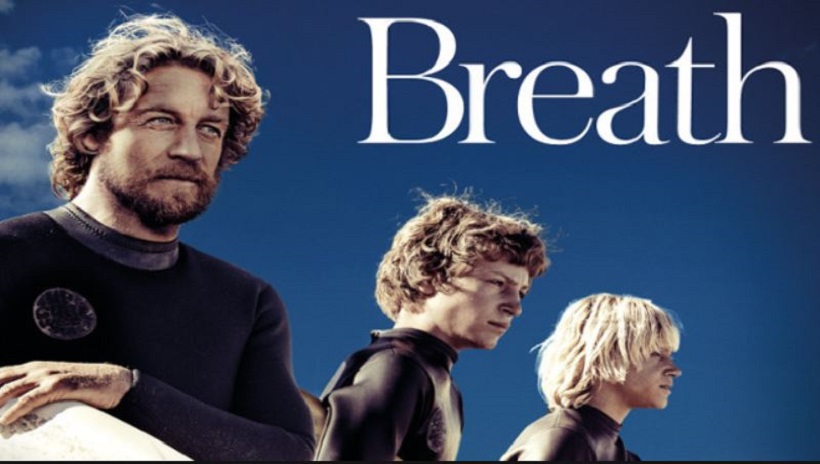
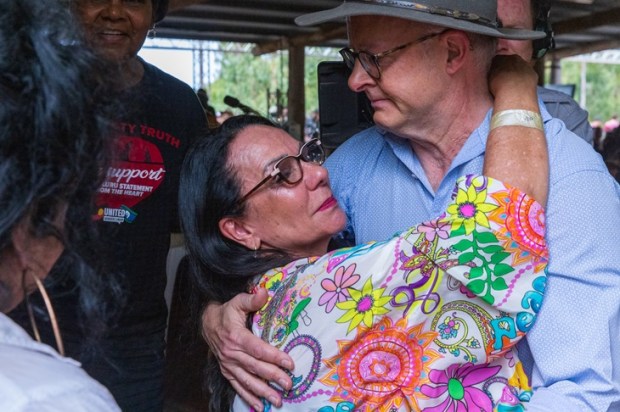

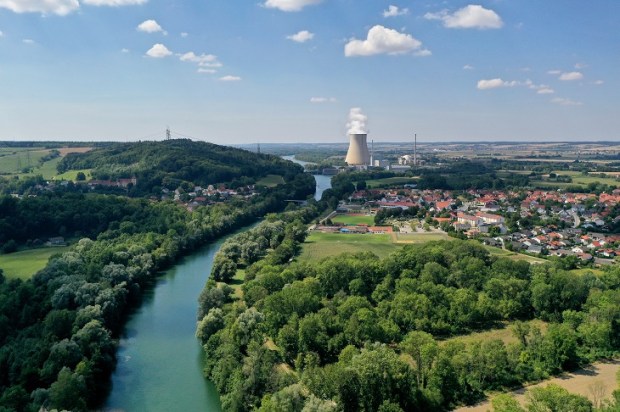

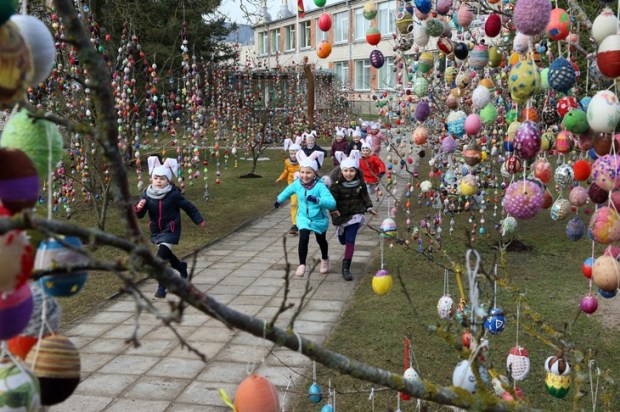
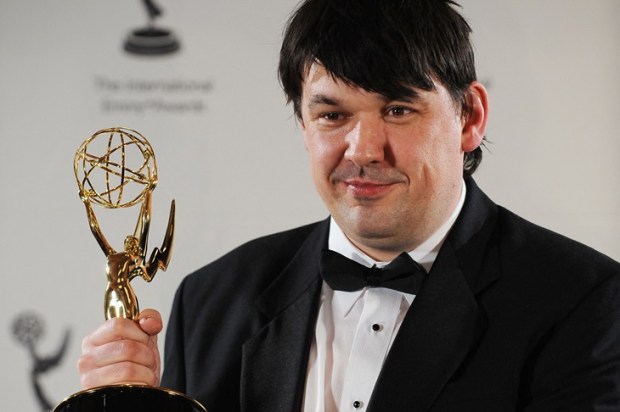


















Comments
Don't miss out
Join the conversation with other Spectator Australia readers. Subscribe to leave a comment.
SUBSCRIBEAlready a subscriber? Log in